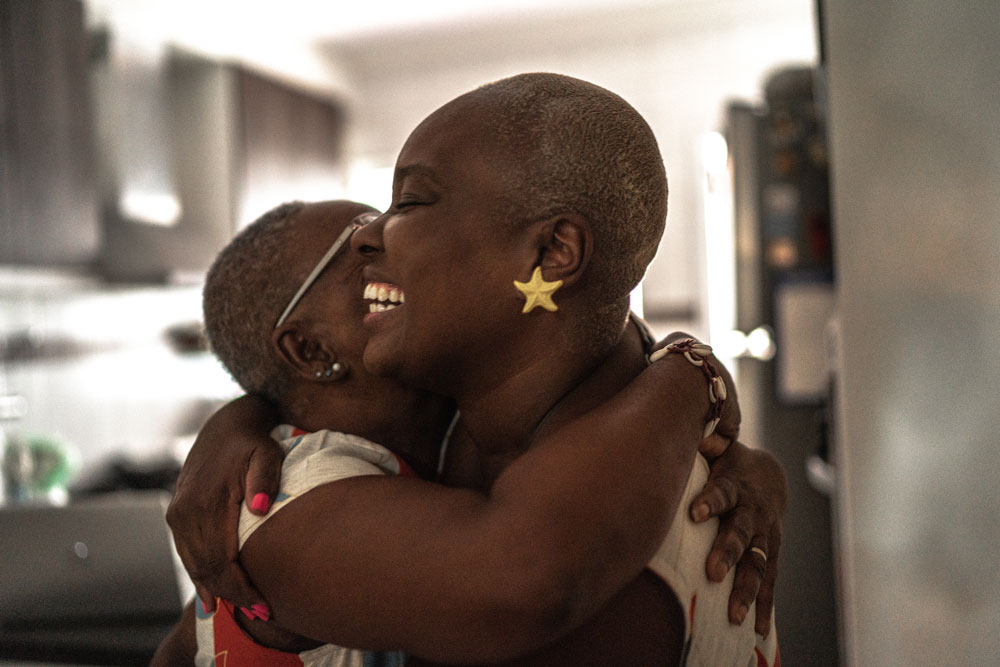Rare Disease and Orphan Drug Designations - What You Need to Know
Collectively, rare diseases affect over 30 million Americans. The Orphan Drug Act (ODA), which provides the statutory basis for FDA to designate a drug or biologic agent as a therapy for a rare disease or condition, was signed into law in 1983 to promote product development for rare conditions by providing financial and other incentives to developers of rare disease therapeutics.
An “Orphan Product” is a drug, biologic, device or medical food that is used for the prevention, diagnosis, or treatment of a “rare disease,” which is defined by FDA as a disease or condition that has a prevalence of fewer than 200,000 affected individuals in the United States.
A product can still receive Orphan Designation for a particular rare disease indication, if the US prevalence is higher than 200,000, but the sponsor must demonstrate that the drug shows promise for the prevention, diagnosis, or treatment of a rare disease or condition and that they would be unable to recoup the costs of development.
The Orphan Drug Designation (ODD) process begins when an applicant submits an ODD request to the Agency. It is important to highlight that ODD applications are not submitted to a specific FDA Product Office, but rather, are reviewed by the Office of Orphan Drug Products (OODP), a centralized Office at FDA that determines whether products qualify for ODD. The major criteria for ODD are based on the size of patient population (fewer than 200,000 affected individuals in the US) and demonstration of the drug’s promise in prevention, diagnosis, or treatment of a rare disease or condition. Evidence of the drug’s potential benefit can come from preclinical and/or clinical data. An ODD application can be submitted to the Agency at any time during development, but it’s typically submitted prior to initial IND application.
Orphan Drug Designation affords sponsors of drug or biologic products the privilege of taking advantage of three special incentives provided by the ODA and its subsequent Amendments:
- PREA Orphan Exemption;
- Rare Pediatric Disease Priority Review Voucher Program -- if a sponsor receives an approval for a drug or biologic under this program, they can redeem the voucher for priority review of a future marketing application, or they can sell the voucher to another sponsor; and
- Financial Incentives -- including a tax credit in the amount of 25% of clinical research costs, a waiver of the PDUFA marketing application fees, eligibility for seven years of marketing exclusivity for the first Orphan Drug that’s approved for a given indication, and OOPD grants to cover development costs.
Parexel is ready to assist sponsors of rare diseases with their ODD applications, including services for full authoring of the ODD request, providing feedback and advice on a Sponsor-drafted ODD, and helping sponsors address any issues that FDA may raise after review of the initial ODD application.
References:
Related Insights
Webinar
FDA Rare Disease Innovation Hub: Enhancing Collaboration and Speed?
Jan 7, 2025
Podcast
Rare endpoints: Delivering on unmet patient needs
May 7, 2024
Blog
Celebrating 40 Years of Rare Disease Progress: WODC Highlights
Jun 6, 2023
Report
New Medicines, Novel Insights: Advancing rare disease drug development
May 22, 2023
Blog
Accelerating Delivery and Patient Access to Rare Disease Treatments – Highlights from World Orphan Drug Congress
May 2, 2024
Article
Six top tips to prepare for the new EU Clinical Trial Regulation
Apr 13, 2021
Playbook
Mitigating risk, protecting potential: Practical strategies that position cell and gene therapy development for success
Mar 28, 2023
Blog
Rachel Smith joins Parexel as Executive Director and Head of the Rare Disease, Center of Excellence
Aug 10, 2022
Blog
U.S. drug price reform of 2022: What does the Inflation Reduction Act mean for drug manufacturers?
Aug 17, 2022
Article
Q&A Project Optimus: What you need to know
Oct 11, 2022
Article
Relyvrio Approval: Lessons Learned
Oct 31, 2022
Article
Five strategies for meeting the requirements of Project Optimus and improving the chances of approval
Nov 10, 2022
Related Insights
Webinar
FDA Rare Disease Innovation Hub: Enhancing Collaboration and Speed?
Jan 7, 2025
Podcast
Rare endpoints: Delivering on unmet patient needs
May 7, 2024
Blog
Celebrating 40 Years of Rare Disease Progress: WODC Highlights
Jun 6, 2023
Report
New Medicines, Novel Insights: Advancing rare disease drug development
May 22, 2023
Blog
Accelerating Delivery and Patient Access to Rare Disease Treatments – Highlights from World Orphan Drug Congress
May 2, 2024
Article
Six top tips to prepare for the new EU Clinical Trial Regulation
Apr 13, 2021
Playbook
Mitigating risk, protecting potential: Practical strategies that position cell and gene therapy development for success
Mar 28, 2023
Blog
Rachel Smith joins Parexel as Executive Director and Head of the Rare Disease, Center of Excellence
Aug 10, 2022
Blog
U.S. drug price reform of 2022: What does the Inflation Reduction Act mean for drug manufacturers?
Aug 17, 2022
Article
Q&A Project Optimus: What you need to know
Oct 11, 2022
Article
Relyvrio Approval: Lessons Learned
Oct 31, 2022
Article
Five strategies for meeting the requirements of Project Optimus and improving the chances of approval
Nov 10, 2022







